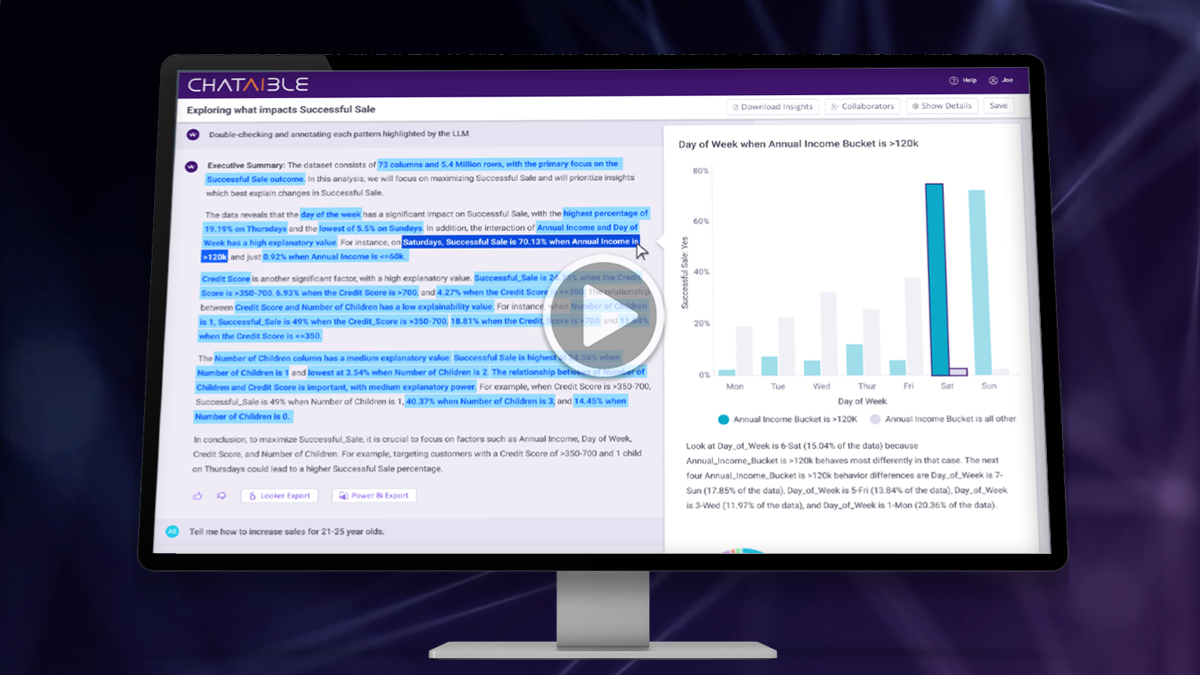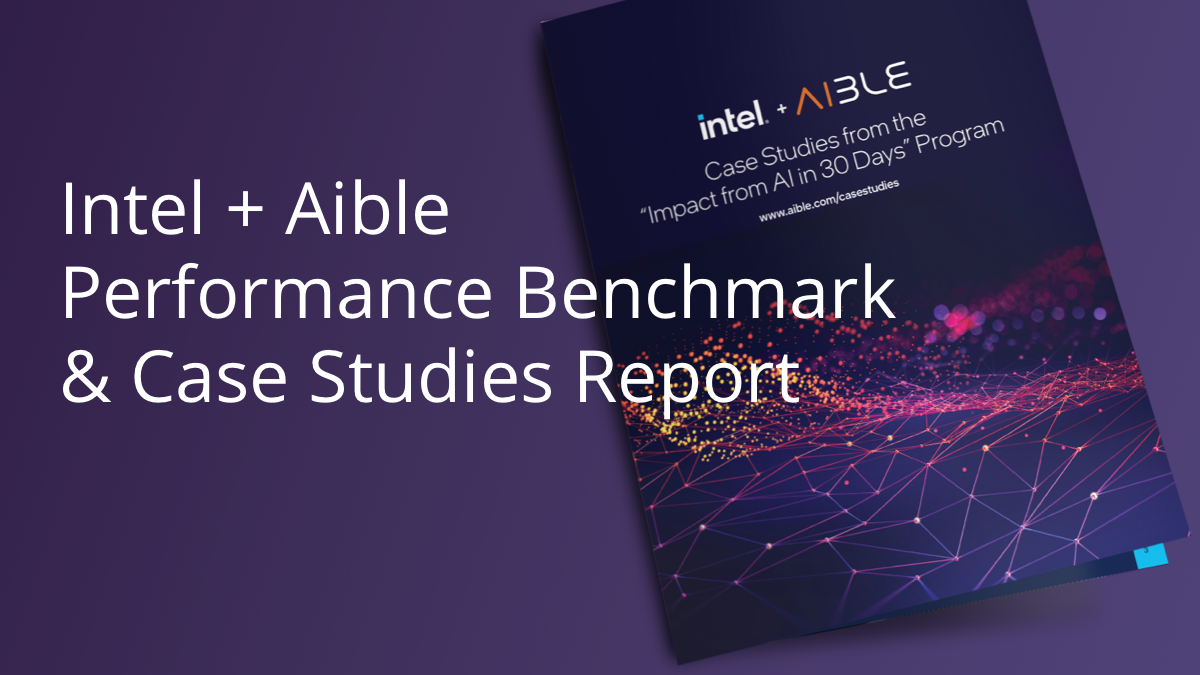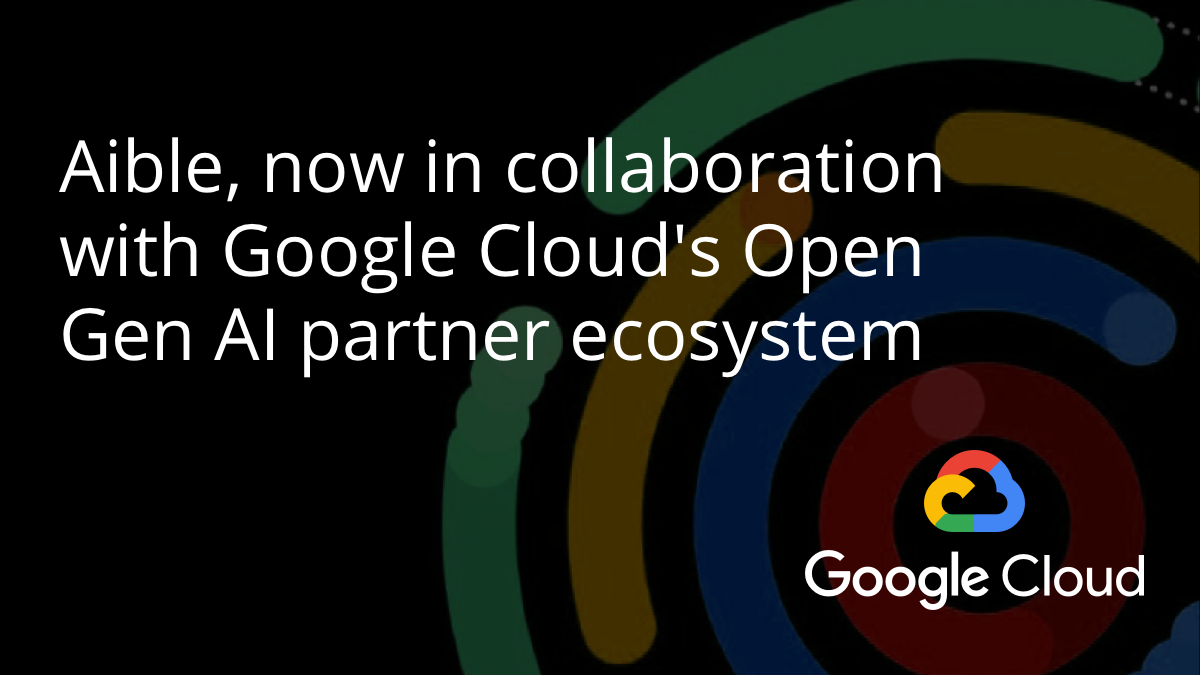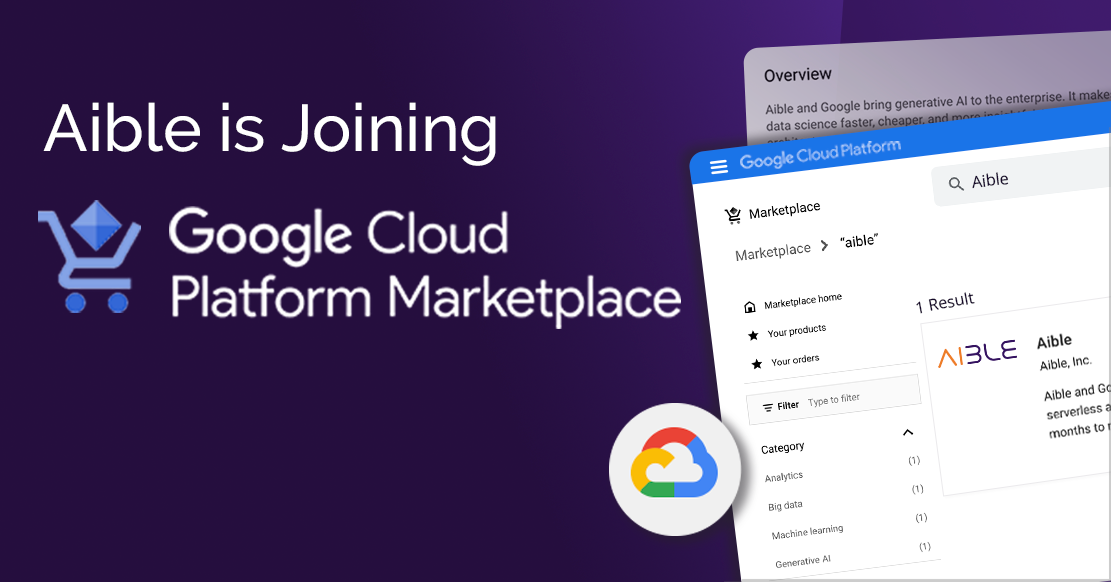Posted by Aible ● May 12, 2020 3:54:06 PM
How Aible Overcomes the Limitations of Forecasting
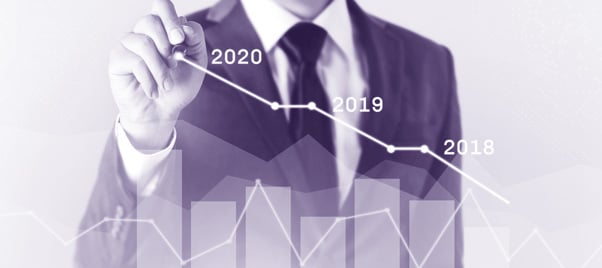
Forecasting has long been a mainstay of business, a way to analyze the past and predict what is likely to happen in the future. Forecasting is a top-down process in which a small group of experts create a model they believe best fits the business, given what’s happened in the past. Most of these forecasting methods have remained virtually unchanged for decades.
But forecasting has a key weakness. A forecasting model isn’t tied to an operational model that guides a business on how to achieve that forecast goal. Think of a forecast as a map that simply displays your final destination. It doesn’t tell you the best way to get there, especially when the circumstances change. There’s no GPS to guide you, no turn-by-turn directions to show you the optimal route to your destination, and no way to adjust that guidance when circumstances change. A forecast is just an “X” on a map that shows you where you want to end up.
That lack of guidance has always been a shortcoming of business forecasting. And at a time when market conditions and assumptions are changing dramatically, the limitations of traditional forecasting have become downright dangerous for businesses. In turbulent times, simply knowing your destination isn’t enough. You need detailed directions about how best to navigate an uncertain landscape. More importantly, your navigational tools need to be able to respond quickly to changing road conditions, so when a bridge washes out, the system quickly maps out an alternate route to your intended destination.
The Covid-19 emergency has already washed out a lot of bridges, and there’s more disruption likely in the months ahead. That’s why it’s more important than ever for businesses to move beyond traditional forecasting.
Aible is designed from the ground up to help businesses navigate uncertainty, take in new information, and adjust quickly to changing conditions. Unlike traditional top-down forecasting, Aible incorporates bottom-up predictive modeling with insights from business people and frontline workers in order to continuously fine-tune recommendations in light of new information. At the same time, unlike traditional bottom-up models, it gives business key information such as their expected overall results and optimal resource commitments. Thus, you get the benefits of forecasting combined with the actionable recommendations of a transactional predictive model. That’s a critical advantage at a time when business realities are in constant flux.
Here’s how forecasting, traditional predictive modeling,
and Aible stack up:
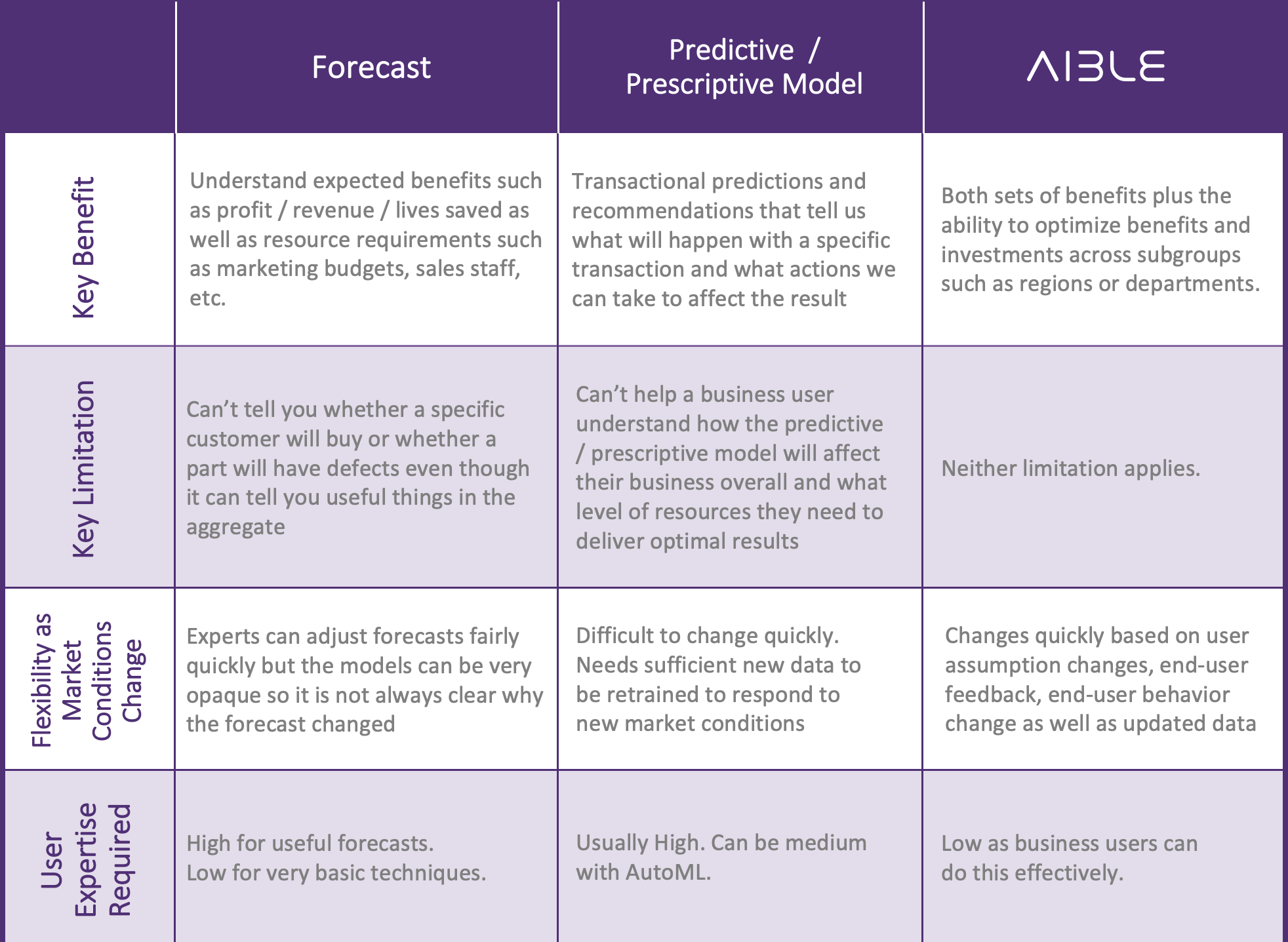
Aible builds predictive models by asking questions that capture the cost-benefit tradeoffs and capacity constraints that are unique to the business. Aible lets users try out dozens or even hundreds of scenarios to see how different assumptions would impact the business. Aible creates an efficient frontier of many models that would be optimal in each of those scenarios (plus thousands of other scenarios that haven’t been manually considered), deploys the models automatically, and seamlessly uses the right model given the specific circumstances at the time of prediction. At every step, the process preserves options. Users aren’t locked into testing just a few scenarios or deploying a single model.
Given your business assumptions and resourcing, the optimal model shows specific revenue and profit amounts that would be delivered as well as the optimal resourcing (such as marketing budgets) necessary to achieve those results. That’s the forecast. The way you go beyond the forecast is very simple in Aible. Press a button to deploy the predictive model corresponding to that high-level forecast, and tactical recommendations are automatically embedded in the enterprise applications that business people use every day, such as Salesforce, Marketo and Tableau. That gives end users specific recommendations that guide them toward achieving that high-level forecast. The tactic of which AI you should use is chosen seamlessly, based on your current business assumptions, resourcing, and strategy. With Aible, strategy and tactics always work in concert.
But even more importantly in turbulent times, at every step, Aible captures feedback at scale, creating a powerful feedback loop that stretches down to the end users and back up again to management. Aible can do everything automatically, but humans always have the ability to adjust the recommendations based on the changing business realities they’re seeing on the ground. As realities change – for example, if you expect a 30% conversion rate but only see 15% – Aible delivers adjusted recommendations about how you can still hit your forecast goals, or if that’s no longer possible, achieve the best possible outcome in the current conditions.
That built-in guidance system is the fundamental difference between traditional forecasting and Aible. Conventional forecasting simply draws an “X” on a map that shows your business goal, and in a month or two, you find out whether or not you achieved that goal. By contrast, Aible provides turn-by-turn directions that enable you achieve your forecast goal and continuously adjusts that guidance as conditions change. Aible is built from the ground up to navigate uncertainty, at a time when businesses need to know not simply where they should go, but exactly how to get there.
